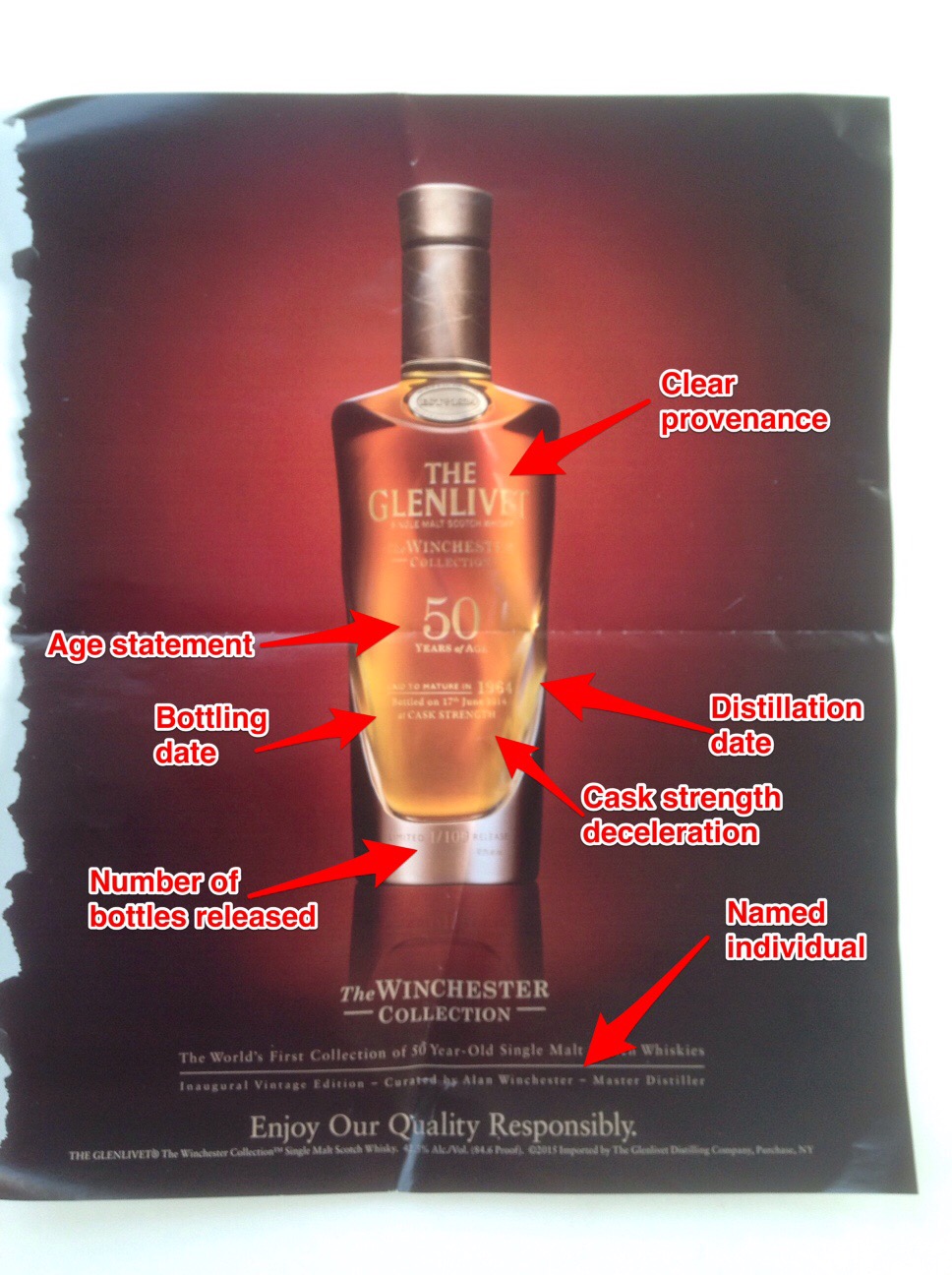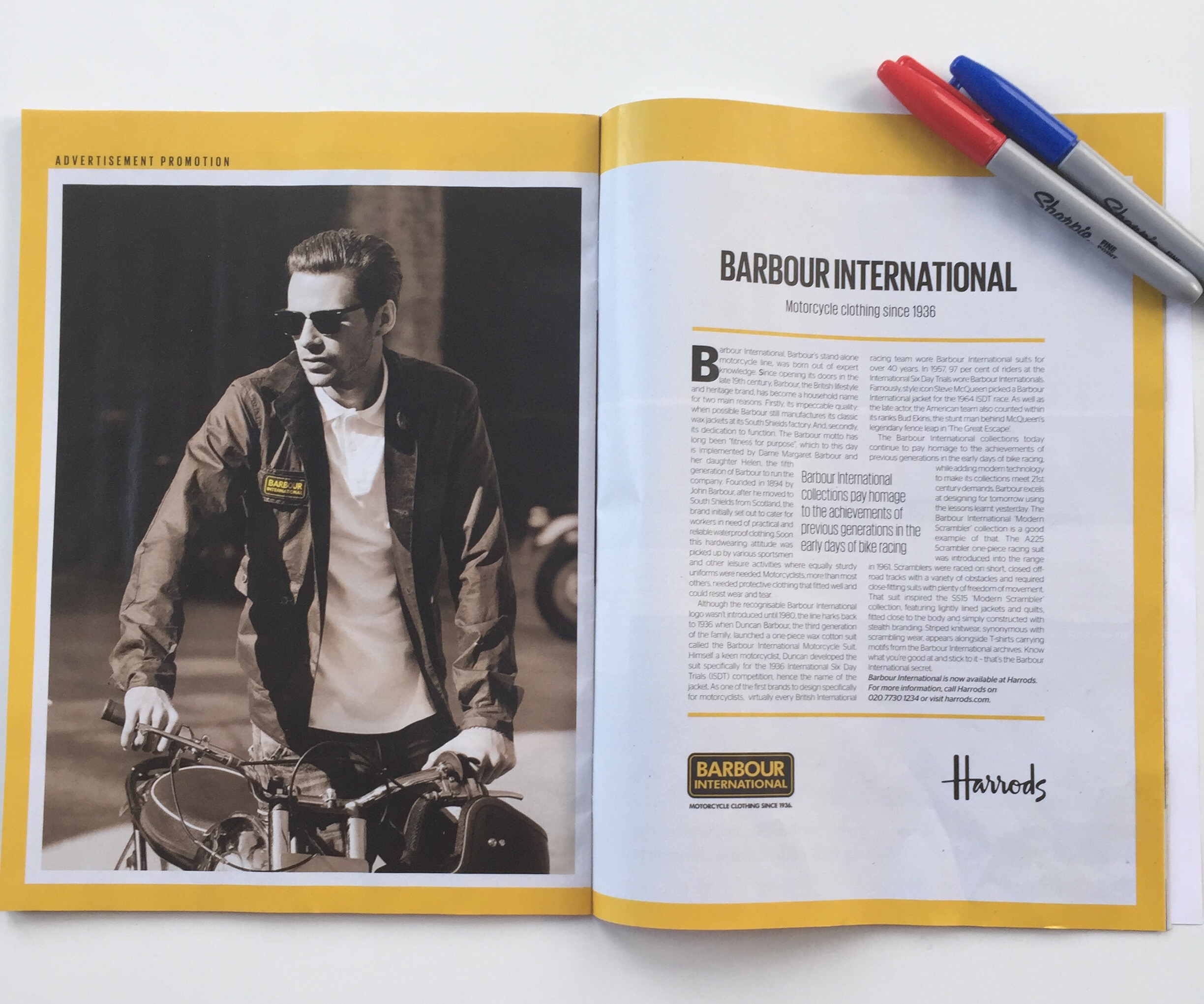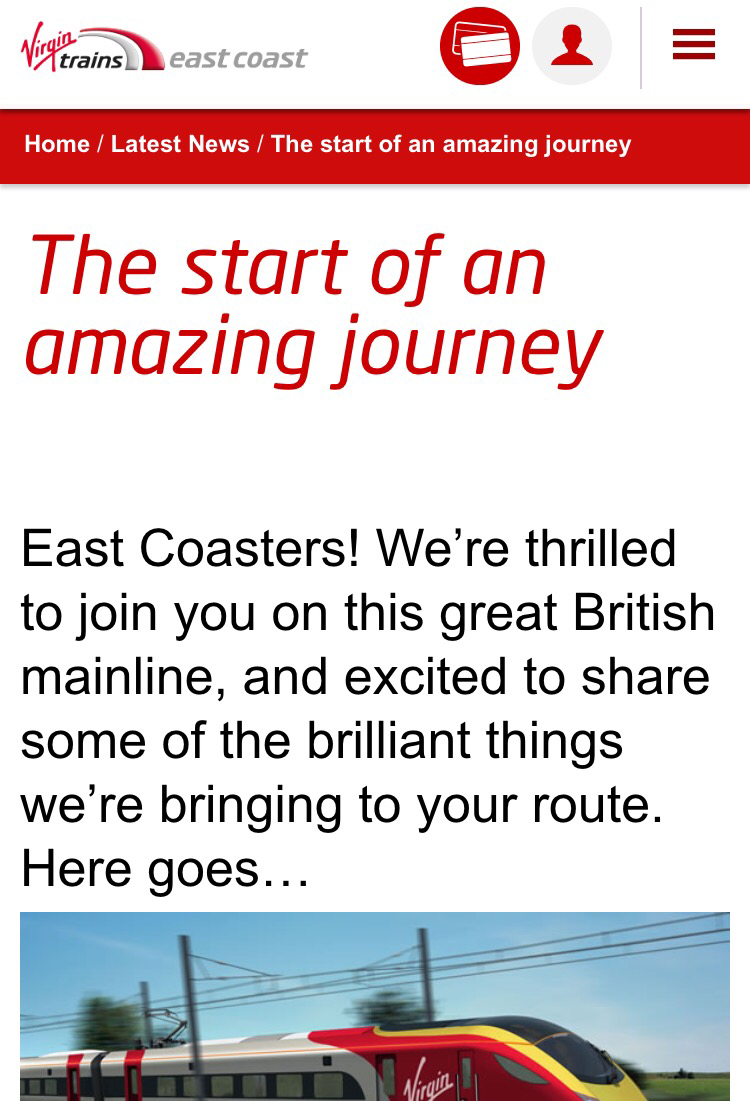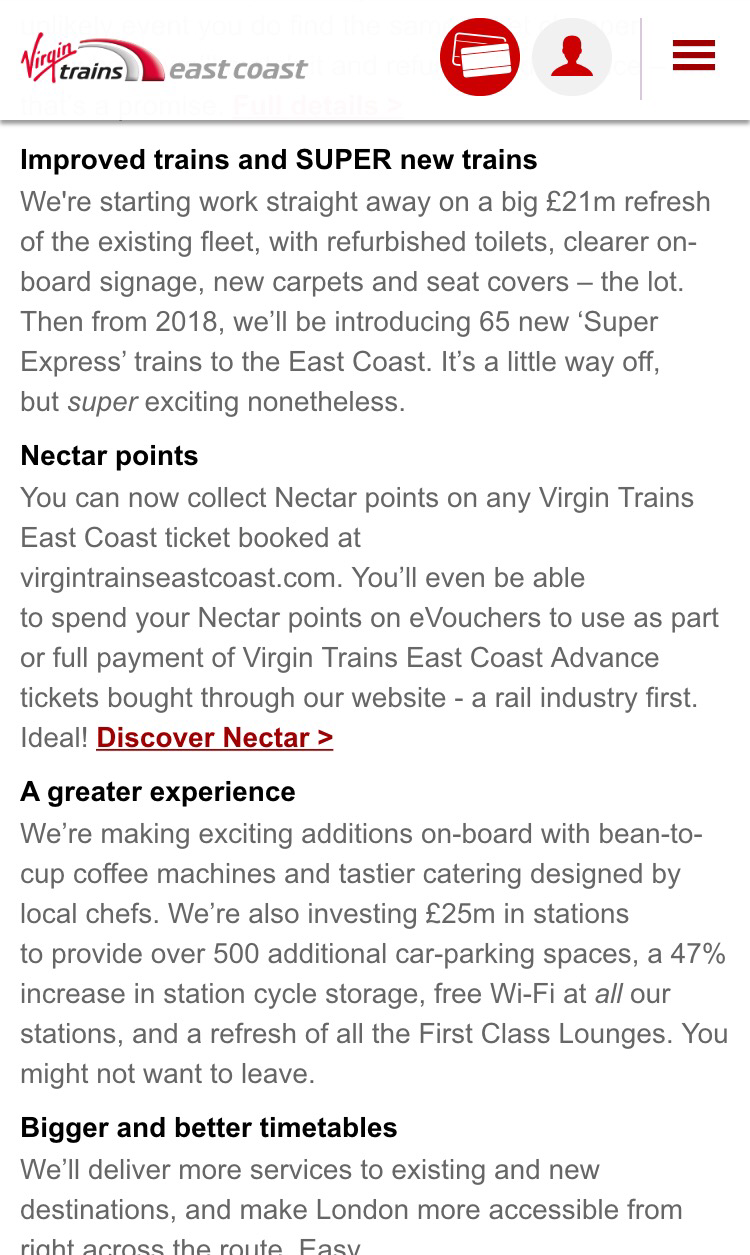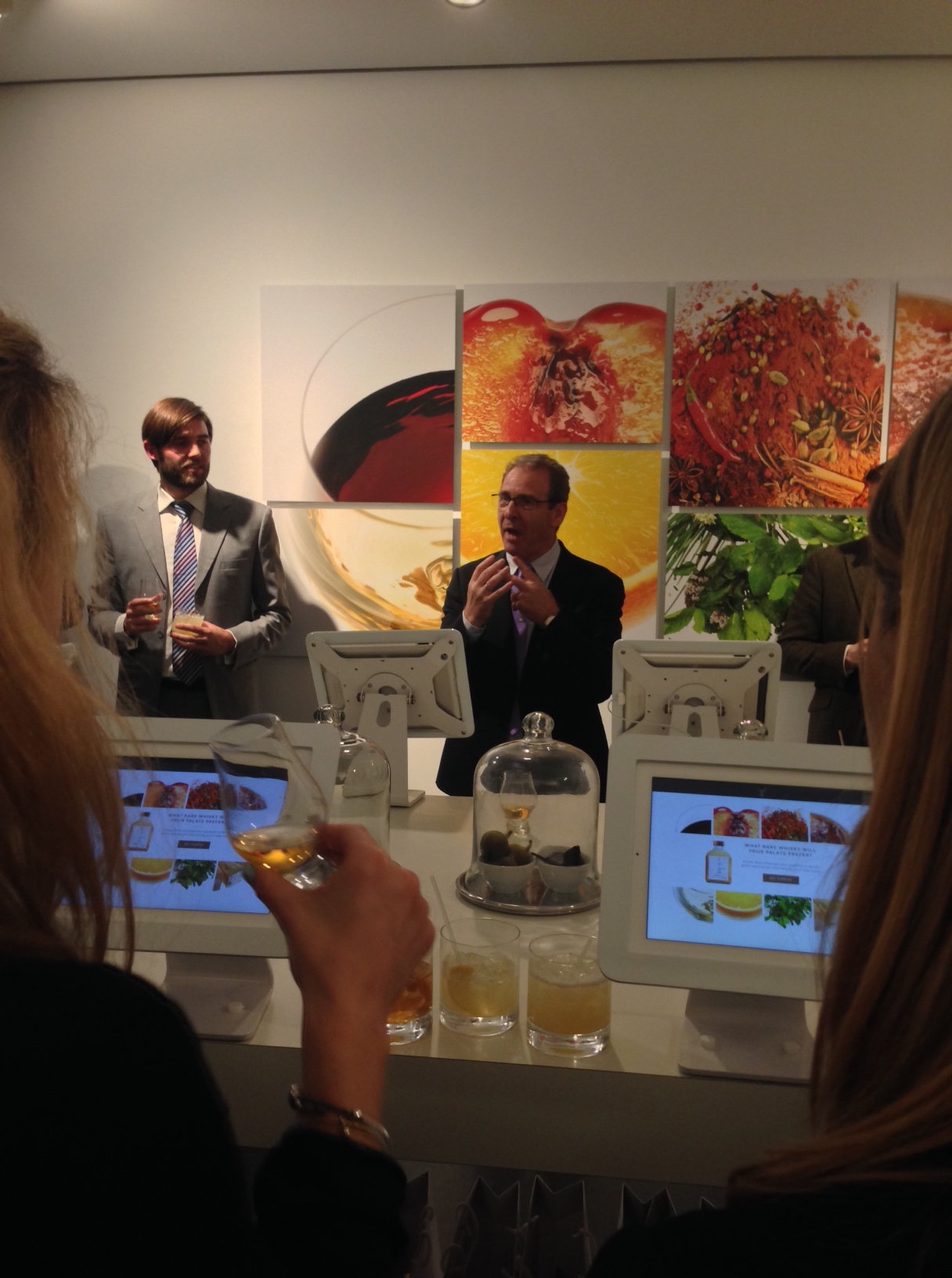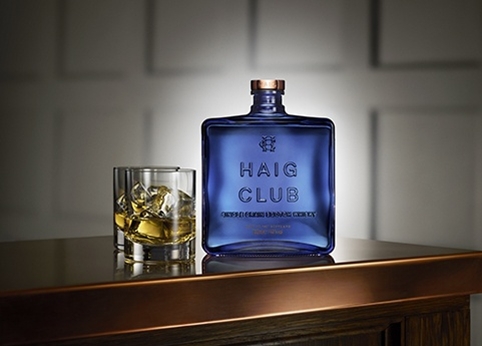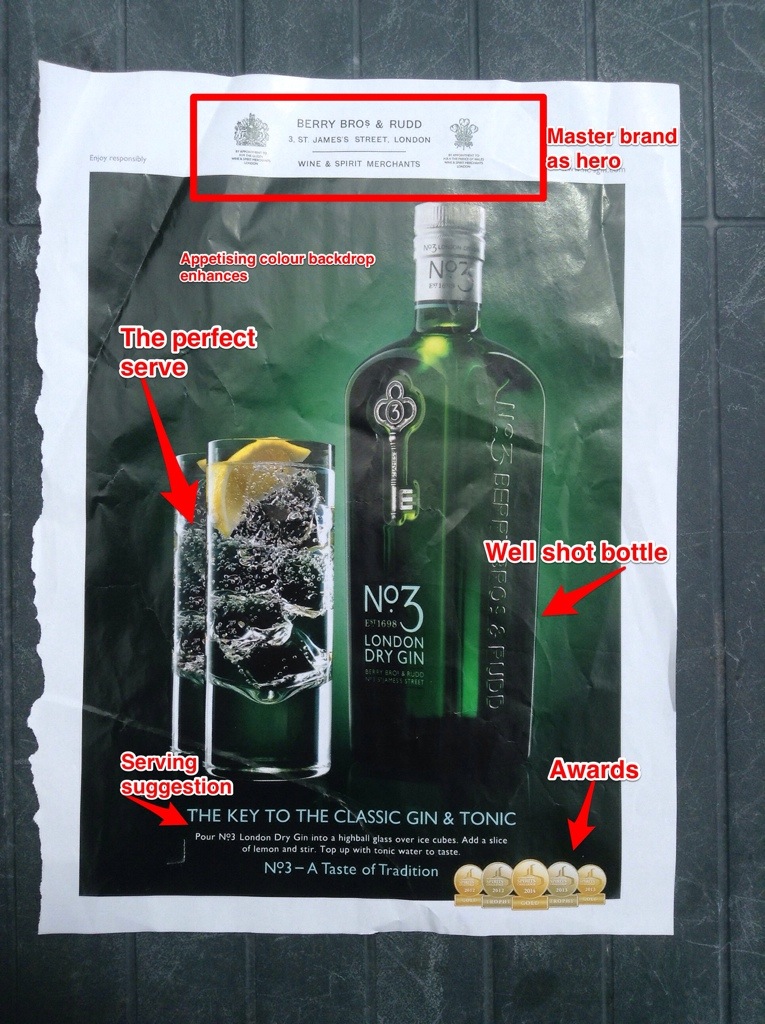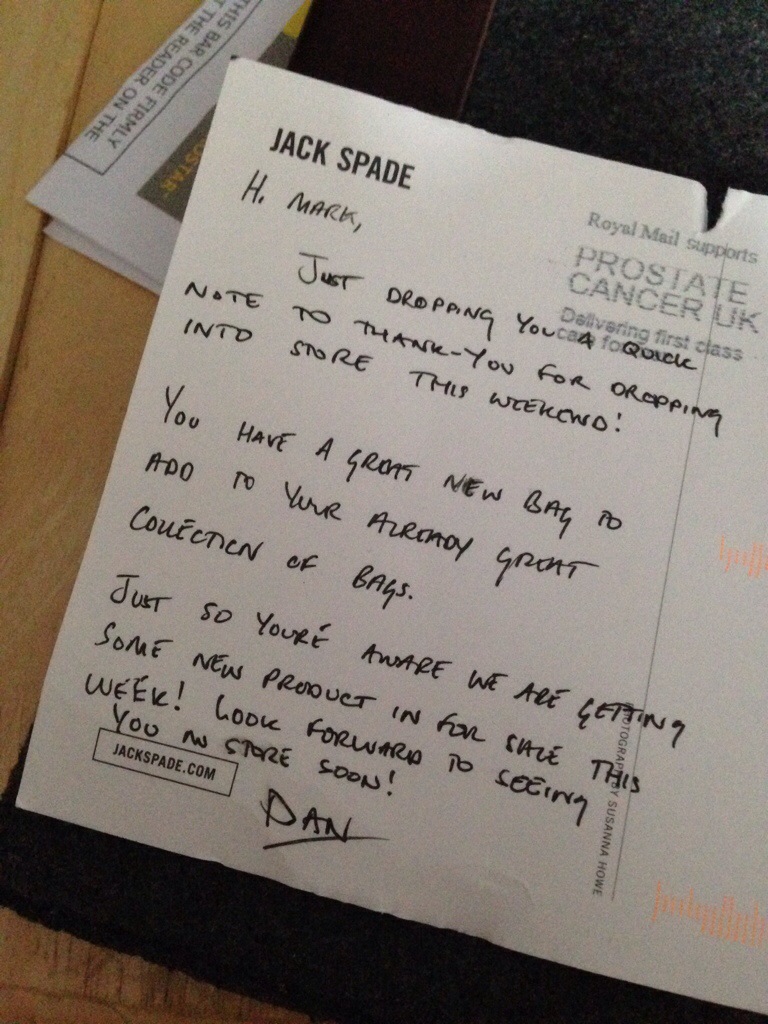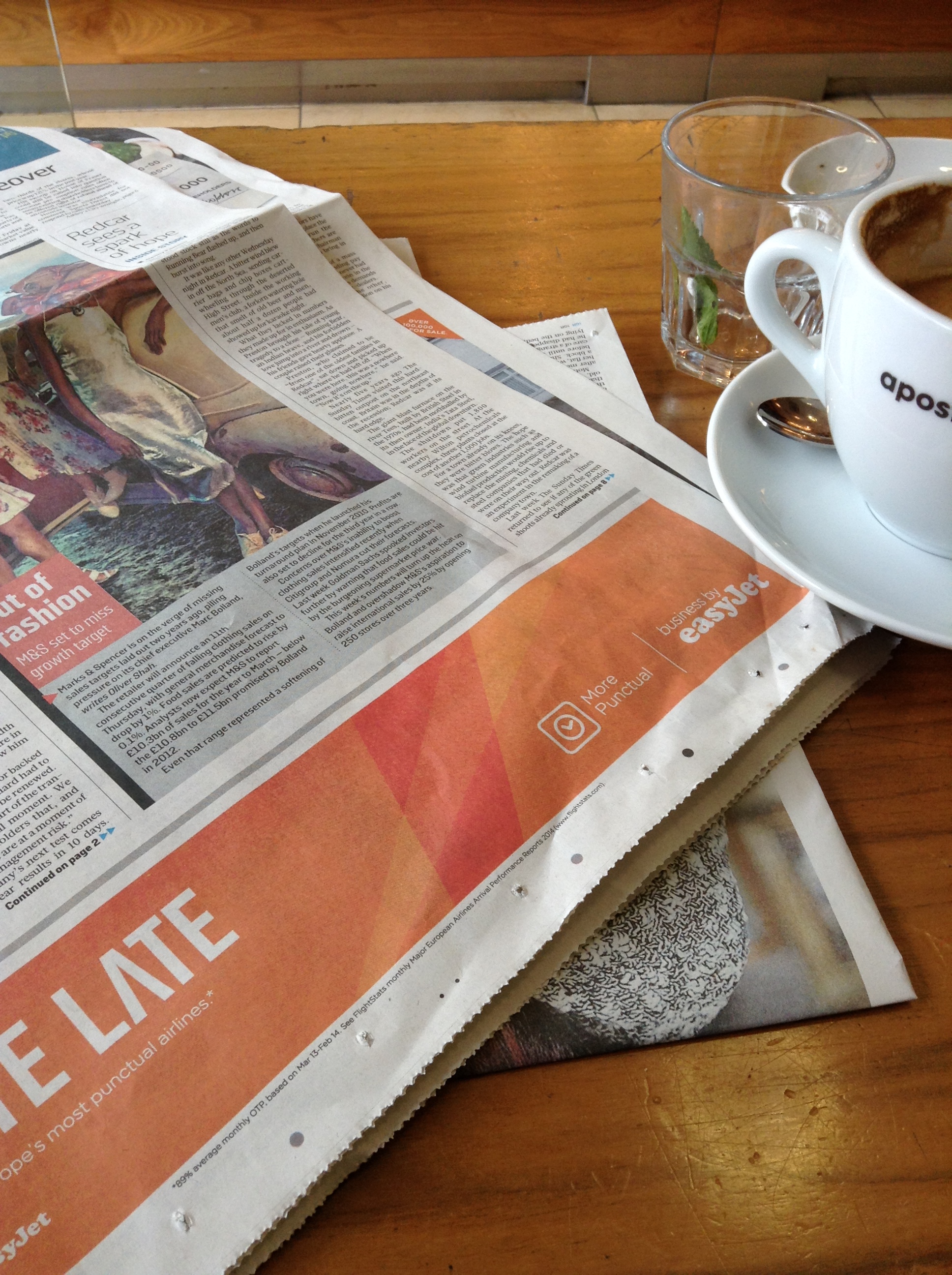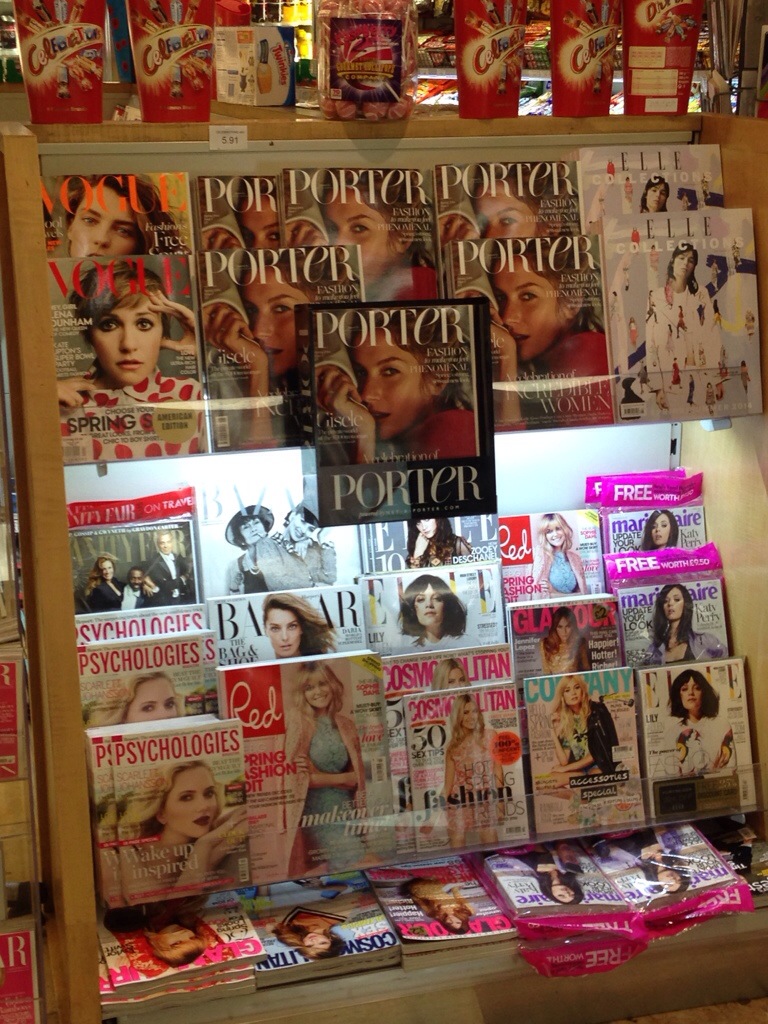A few weeks ago a pleasant Saturday late afternoon flick through my Instagram feed was ruined by the news from someone I follow that the Jack Spade store in London had closed permanently. He had just made his last purchase there.
Disbelieving and hoping the individual concerned was wrong I checked and sadly it was all confirmed. The parent company Kate Spade & Co had shuttered the 19 Kate Spade Saturday stores - this intrigued me so I dug a little deeper and was not at all surprised this had been necessary although completely surprised that the concept had been advanced in the first place, but I digress - along with the 12 global Jack Spade stores.
Still not believing this I made sure I went past the Brewer Street store at the first opportunity.
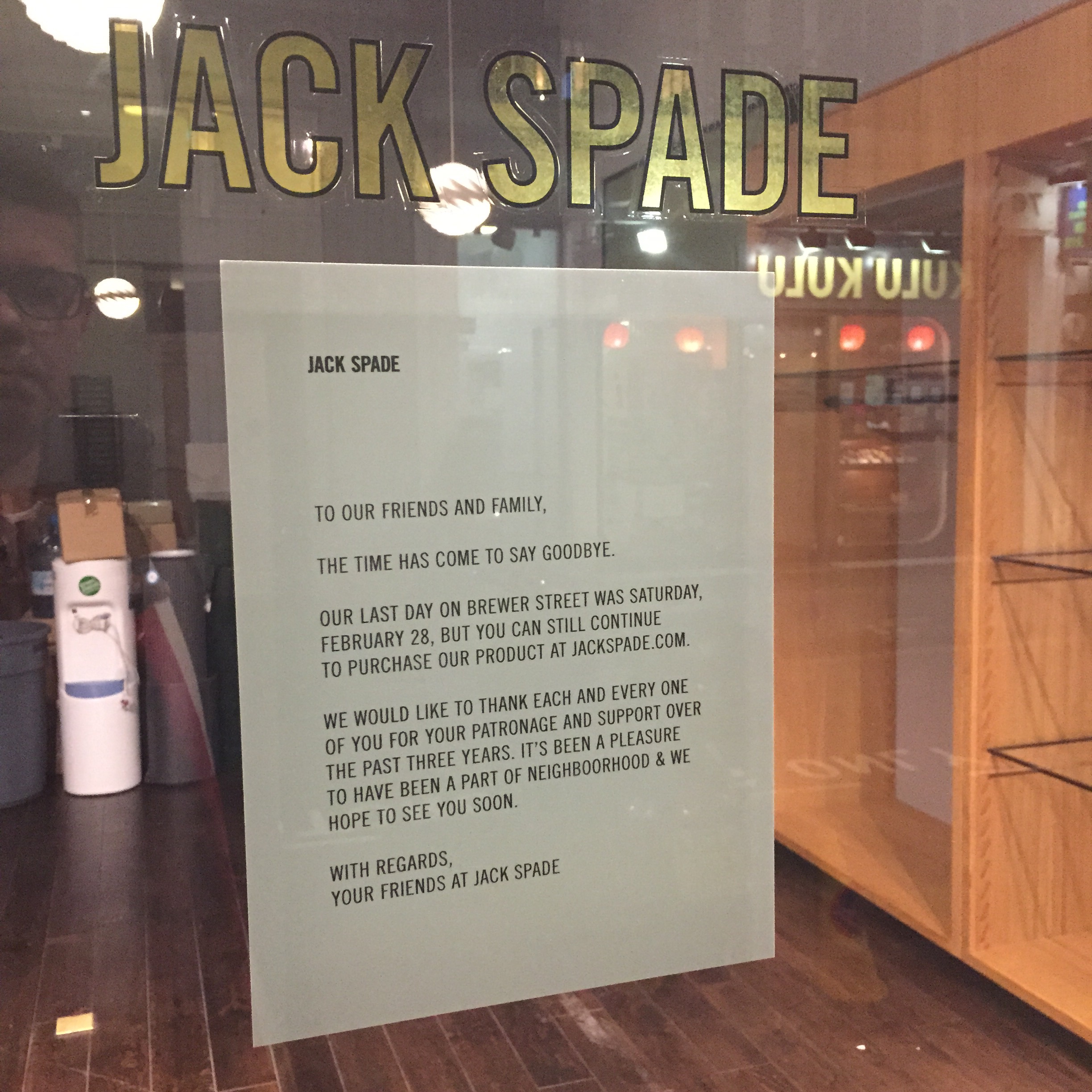
Bad news confirmed.
So why the disappointment ? Well I love the brand. It's biggest strength is also its biggest weakness - indistructable longevity. Jack Spade stores are, correction were, cool and staffed with incredible characters who remembered each customer and who took the time to work out your requirements.
But I was always conscious that 'footfall' was low. It's a challenge for all brands but especially smaller ones. A physical store establishes credibility (although there are other ways) but it also creates a massive cost centre. For a relatively nascent brand that's trouble.
But it needn't be. Brands need to rethink their approach to retail. A physical store is a sunk cost - keeping the lights on after hours and adding a few staff are minimal costs but the opportunity to sweat the asset and create experiences which pull in loyal and new customers is limitless.
Instead the retail environment is almost always abandoned after hours.
There may have been non-Jack Spade reasons why this route to market failed (and that's a pity because this is a brand that should thrive) but I also think that the plan to make this outpost of the brand a vibrant contributor was missing. It's a shame because anyone who visited that store was both well served by the staff and he product they bought.
If you're responsible for a new store opening then have a plan in place for at least 6 -12 months in advance with activation ideas - attracting customers in during and after hours - make it a true brand cathedral and a commercial success rather than a line item that bleeds red.

